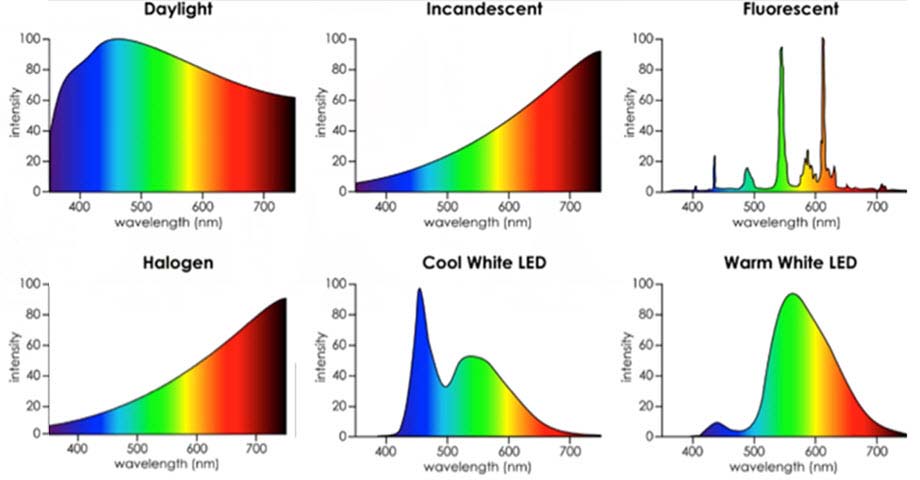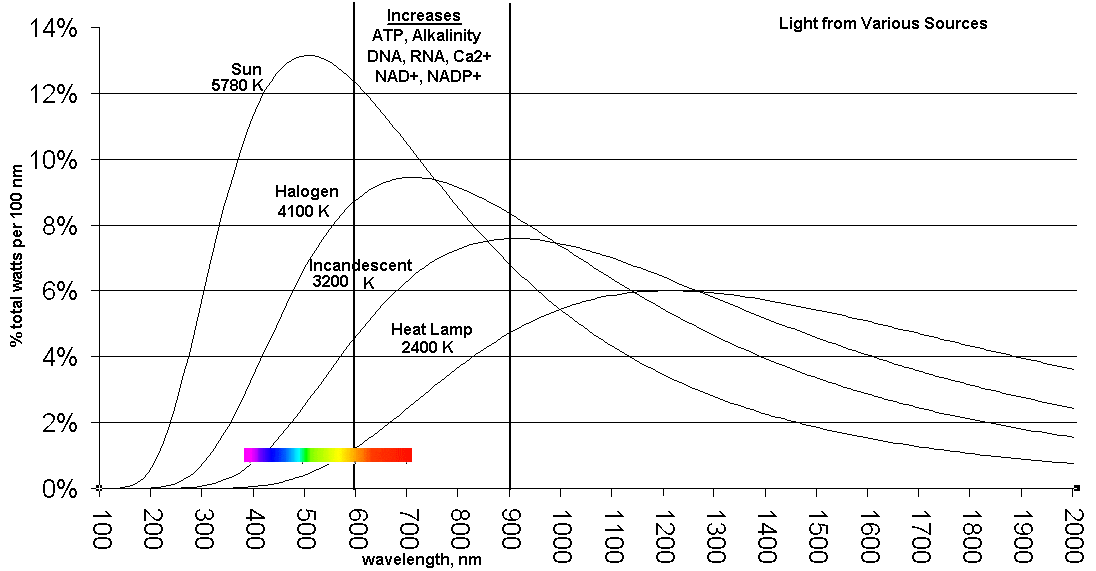Mr. God of Cars
Member
- Joined
- May 2, 2016
- Messages
- 165
Since white light has all the color (at least according to ELI5: Why is it that when you mix all colors of paint you get black, but when you mix all colors of light you get white? • r/explainlikeimfive), then it also must contain the red spectrum of light!? Am I right? If so, then do we really need Red Light Lamps or Red LED Light to be exposed to the beneficial red light we all know is pro-metabolic?
By the way, is there a 13,5W (or more) red LED light available in Brazil or in virtual market such as Amazon?
By the way, is there a 13,5W (or more) red LED light available in Brazil or in virtual market such as Amazon?


